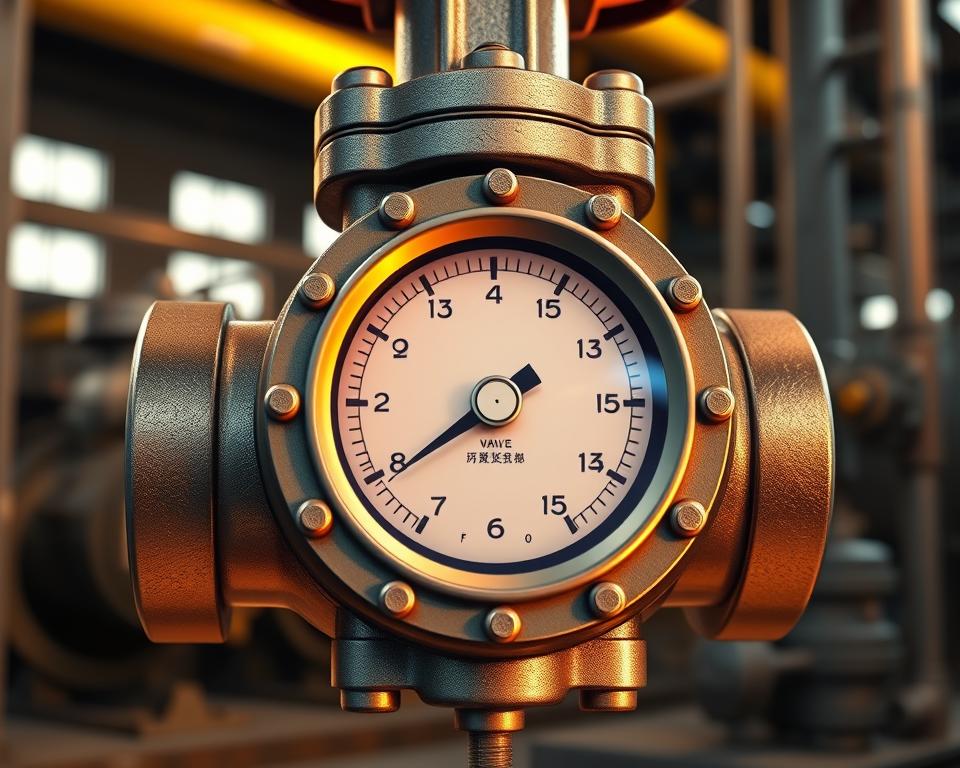Cast-Iron Gate Valves: Rugged Industrial Flow Management
Good to know: More than three-fifths of public distribution networks depend on conventional isolation gear for secure isolation in emergencies.
Explore our heavy-duty line of Cast Iron Gate Valve Manufacturer built for extended service life in industrial, commercial, and municipal use throughout the U.S.. Every valve combines a robust body and bonnet with a well-proven gate design to withstand wear and cut corrosion under fluctuating pressure and temperature cycles.
The straight-through gate reduces flow restriction in the open position, letting systems convey water and compatible media with less pressure loss. Engineers and service crews value the service-friendly serviceability, common connection options, and easy-to-source parts that speed up selection and repairs.
This portfolio includes multiple series and class ratings to match standard duty ranges, end connections, and operator preferences. You get predictable sealing, uniform operating torque, and cost-effective ownership centered on uptime and low life-cycle cost.
Key Takeaways
- Built for long-lasting shutoff and reliable flow control in diverse environments.
- Sturdy construction stands up to wear, corrosion, and mechanical stress.
- Gate geometry provides low flow restriction and reduced pressure loss.
- Offered in a range of series and class ratings to match typical requirements.
- Simple upkeep, standard parts, and consistent sealing support uptime.
Precise Flow Control Using Cast Iron Gate Valves
Engineered shutoff units with accurate wedges and machined seats deliver stable performance across start-up, normal, and shutdown cycles. Solid iron bodies and tight-sealing seats enable consistent sealing. That consistency supports safe isolation and reduces unplanned downtime.
Smooth-operating feel reduce handwheel effort and help techs position the wedge accurately. Simple stems and standard accessories make it easy to adapt a valve to manual handles or actuators. Lower effort streamlines routine checks and repairs.

Rising vs Non-Rising Stem Performance
| Aspect | OS&Y-style Rising Stem | Nonrising Stem |
|---|---|---|
| Position indication | High — easy visual readout | Low — enclosed indication |
| Clearance needs | Requires vertical space | Suited to pits or vaults |
| Inspection | Straightforward inspection | Compact with comparable life |
When fully opened, the unobstructed passage provides minimal headloss and high efficiency flow. Leak-tight closure cuts leakage risk and maintains target pressure for downstream equipment. Together, these qualities reduce total life-cycle cost and enhance system uptime across typical commercial/light-industrial applications.
Cast Iron Gate Valves: Specs, Designs, and Options
Detailed design choices—body material, stem style, and flange pattern—determine performance, fit, and service ease.
Body & Bonnet Construction
The body and bonnet are made from cast iron for rigidity and resistance to vibration. Precision-machined guides hold the gate true for reliable sealing.
Rising Stem vs Non-Rising Stem
A rising stem gives a clear visual position indicator and is easy to inspect but requires overhead space. A non-rising stem conserves headroom and protects threads within the bonnet.
Both stem designs pair with standard handwheels and can be configured for actuators or add-on position indicators when automation is required.
Class 125 performance guidance
ASME Class 125 is typical for water and general service within moderate temperature ranges. Refer to published pressure-temperature limits to confirm suitability for the intended operating envelope.
Connections and Face-to-Face Dimensions
| Item | Guideline | Details |
|---|---|---|
| Flange drilling | ASME bolt pattern | Matches common piping systems |
| F2F length | Industry series lengths | Check spec sheet for exact dimension |
| Bolts | Specified grade/torque | Gasket selection affects sealing |
- Range: covering small lines through large mains with multiple series and trim options for durability and maintainability.
- Internal trim: seat and wedge materials blend tight shutoff and longevity; upgraded packing and bonnet gasketing bolster stem sealing.
- Install tips: verify F2F length, bolt patterns, and torque values ahead of install.
Use Cases, Compliance, and Integration
Applications for these Resilient Seated Gate Valve cover municipal water mains, building risers, and pump-room isolation points where consistent shutoff is essential.
Water distribution and fire systems commonly apply these as sectional/control points. They deliver readable position and strong shutoff for life safety and utility networks.
Flow & Shutoff in Bi-Directional Service
The gate design supports shutoff in both flow directions when installed to manufacturer instructions. This versatility eases layout choices and works with redundant runs.
Maintenance & Stem Sealing
Service-accessible bonnet hardware, guided wedges, and replaceable packing make inspection and repacking faster. Right packing setup maintains stem sealing during frequent operating cycles.
Indicators, OS&Y, and direction practices
External indicators and OS&Y styles offer clear open/closed indication for inspections. Even with bi-directional service, follow recommended direction orientation and clearance rules to ensure safe operation.
| Use Case | Primary Benefit | What to Verify |
|---|---|---|
| Water mains | Secure isolation | Verify Class 125 limits |
| Fire systems | Visible status for AHJ | Provide indicator/OS&Y style |
| Mechanical rooms | Ease of maintenance | Confirm flange/F2F compatibility |
Conclusion
Invest in proven shutoff equipment that pairs sturdy construction with predictable flow control.
You get durable isolation and consistent control for water and utility applications. Expect straightforward installation and service-friendly upkeep for long-term reliability.
Key specs include Class 125 rating, a strong body/bonnet set, and designed stem sealing to keep performance steady across building and plant environments.
Several series in common sizes, along with handwheel or actuator-ready configurations, make system matching simple. Clear position indication and low-friction stem travel improve daily operation and response under shifting demands.
The gate wedge and seat supports tight shutoff and low pressure drop. Double-check sizes, end connections, and accessories at specification time to accelerate purchasing and commissioning.
Select valves built to rigorous standards. Our team can review class, sizing, and series choices to align equipment with your operating and maintenance goals.